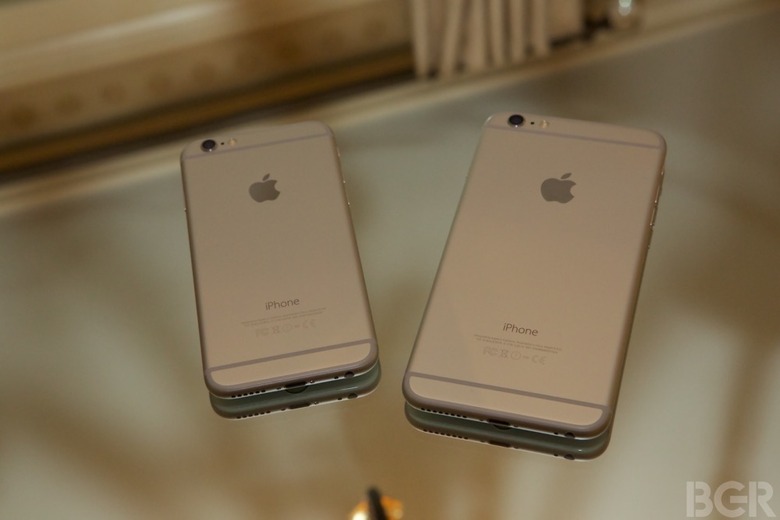Apple Admits To Ruining Your New iPhone 6, Says iOS 8.0.2 Is Coming Soon
Trying to fix some of the existing issues in iOS 8, Apple on Wednesday released a fast iOS 8.0.1 update that came with some unexpected surprises: iPhone 6 and iPhone 6 Plus users who have installed it have quickly discovered their devices would no longer connect to their carrier of choice, and that the Touch ID sensor wasn't functioning anymore. Since then, Apple has pulled the iOS 8.0.1 update, publishing a special support page on its website, which reveals that the company is looking to release iOS 8.0.2 in the coming days to fix the new issues.
"We have a workaround for you if you have an iPhone 6 or iPhone 6 Plus and you lost cellular service and Touch ID functionality today after updating to iOS 8.0.1," the company said. "You can reinstall iOS 8 through iTunes by following the instructions [at the source link] below. We are also preparing iOS 8.0.2 with a fix for the issue, and will release it as soon as it's ready in the next few days."
On the same page, Apple also published a quick iOS downgrade guide that should help users move from the faulty iOS 8.0.1 update back to iOS 8.0, in order to be able to still use cellular service and Touch ID on the iPhone 6 and iPhone 6 Plus while Apple is working on releasing iOS 8.0.2.
Apple also warns the Health app will not work in iOS 8 after the downgrade, but should be fixed in iOS 8.0.2.
Just like with any iOS downgrade, the procedure requires connecting the device to a Mac or PC with iTunes installed, and can't be performed directly on the device – the full set of instructions is available at the source link after this post.
